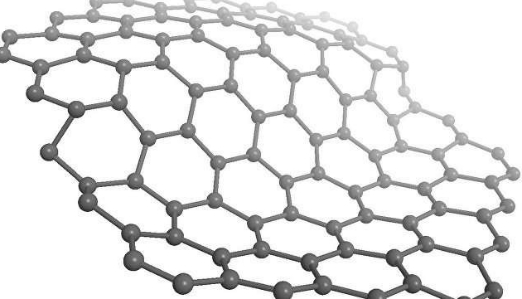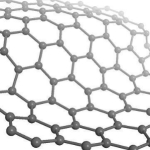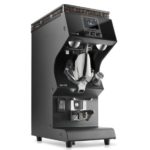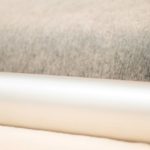A group of scientists from the National Research Nuclear University MEPhI (Russia) and a series of foreign universities have developed an industrial technology for the purification of graphene, which has higher stability under the influence of aggressive oxygen free radicals. This discovery is of the crucial importance for the development of nanoelectronics.
Graphene is crystalline carbon film with the thickness of one atom. Thanks to its unique characteristics (special electronic properties, high conductivity, transparency for light, an ability for mechanical stretching and others), graphene is a promising material in high demand in nanoelectronics.
Manufacturing of various nanoelectronic devices involves applying a polymeric covering on graphene and then peeling it off. The remains of that coating “pollute” the graphene, lowering the mobility of charge carriers in it. Different treatment methods (thermal annealing, plasma stripping and chemical solvents) can remove the polymer residues, but they worsen the quality of the graphene. For example, ozone, which has high reactivity, is commonly used. However, under the influence of ozone, not only is polymeric residue destroyed, but defects appear in the graphene, which leads to the deterioration of its characteristics. Scientists from MEPhI have managed to obtain graphene with a very high stability to ozonation using high-temperature sublimation of silicon carbide (SiC). The obtained graphene maintains contact with the ozone for more than 10 minutes, while ordinary graphene loses its properties in only three or four minutes under such conditions. The results of the research have been published in the journal Carbon.
Scientists from Greece, France and Sweden contributed. With the help of computer modeling, the experts were able to determine the reasons that SiC-graphene increased stability under the impact of aggressive oxygen free radicals. The new graphene’s abnormal stability turned out to be associated with the low roughness of epitaxial graphene on the SiC-substrate (epitaxy is a natural buildup of one crystalline material upon the surface of another).
“It was found that the usual ‘rough’ graphene is more vulnerable because of the presence of convex areas; these areas show high reactivity to the formation of epoxy groups, which destroy its integrity,” said Konstantin Katin, Assistant Professor of the Department of Condensed Matter Physics at the MEPhI Institute of Nanotechnology in Electronics, Photonics, and Spintronics. “The results show that the technological process for the production of industrial graphene with improved characteristics can involve the nanofabrication of graphene on the basis of silicon carbide with its subsequent ozonation. Ozonation itself is an effective way of clearing graphene obtained in any way. The only limitation on the purification techniques has to do with the possible roughness of the graphene sheet—it should be practically perfectly smooth,” said Mikhail Maslov, Assistant Professor of the Department of Condensed Matter Physics.
The scientists’ discovery will become a basis for technologies to purify high-quality industrial graphene with stable electronic characteristics.
Read more at: http://phys.org/news/2016-10-scientists-graphene-high-resistance-ozonation.html#jCp
Credit: National Research Nuclear University













